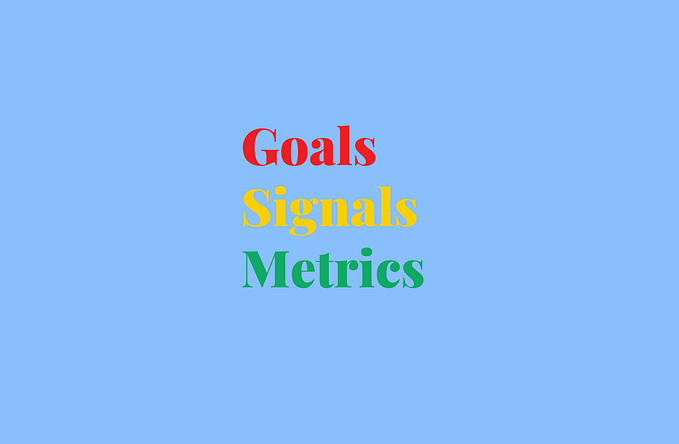Member-only story
Before design thinking, we need design therapy
Modern designers need to be skilled in the performative arts of stakeholder alignment as much as delivering human-centric experiences to the end-user. Without the former, the latter suffers.

Over the course of my career, I’ve had a broad range of experiences in design that have taken me to far-flung corners of the creative economy. As the years accumulate, my resume should begin to possess the weight and merit of a Tolstoy novel; a tome rich and dense with professional accomplishments, intellectual achievements, and valuable results. Instead, my job skills and responsibilities are starting to feel more like Hemmingway’s prose on a bar napkin.
Design Skills: I figure it out.
The problems designers face are not getting any easier. The one constant is ambiguity. Business, Technology, and People move too fast for complete and clear definition even on the best of days. To be a successful designer today, it is requisite to define, understand, and design for a group of end-users of a given experience. That’s the idea. The methodologies of Design Thinking is one widely adopted approach to achieve these ends. That helps designers get their job done. Halfway.
Designers, UX practitioners, any human with a heart who wants to make the world a little better: don’t stop reading now. Our work is not complete.
As we work our way to the heart (and minds) of today’s problems, more is needed. Designers also need to define, understand, and improve the complex relationships among all people — not just users, but also among the stakeholders “behind the glass”. This complex and sometimes contradictory group includes product owners, business stakeholders, technical and engineering teams, even other design teams. They all have their own priorities, agendas, unique abilities — and limitations. It often feels like one large, dysfunctional family. And as a designer, I always feel like I…






